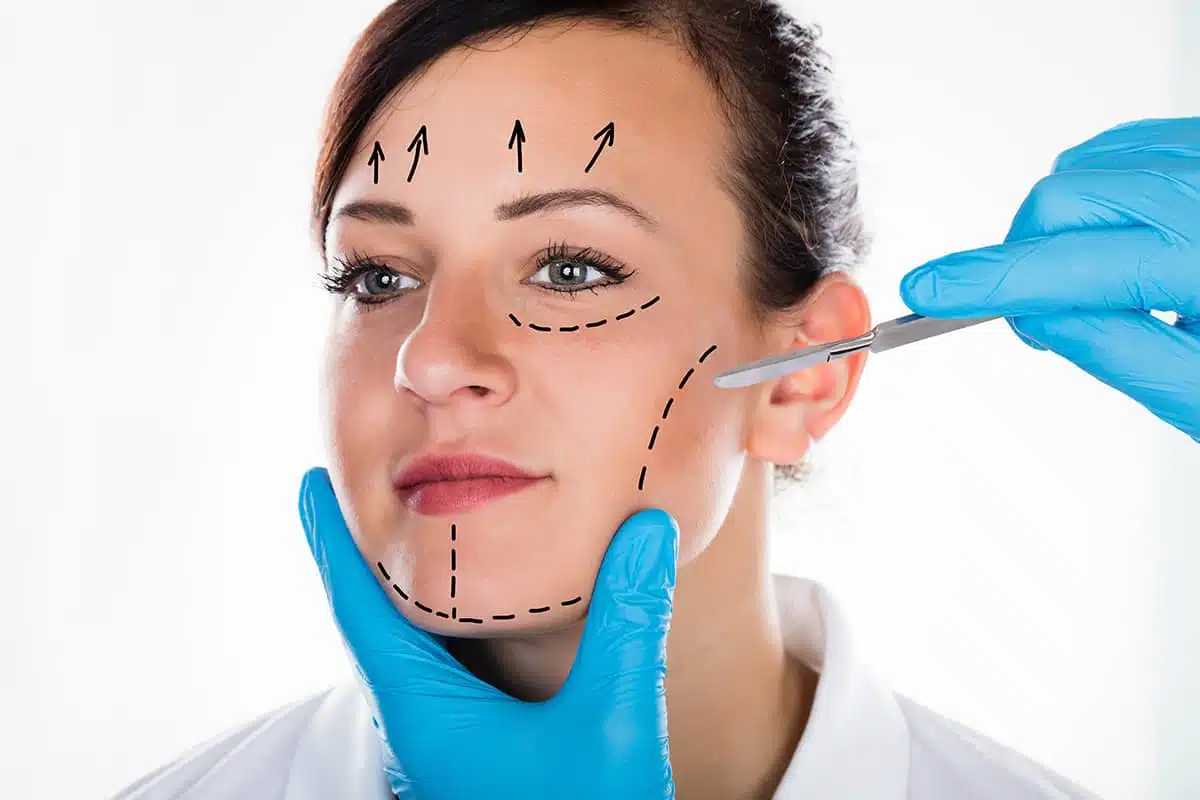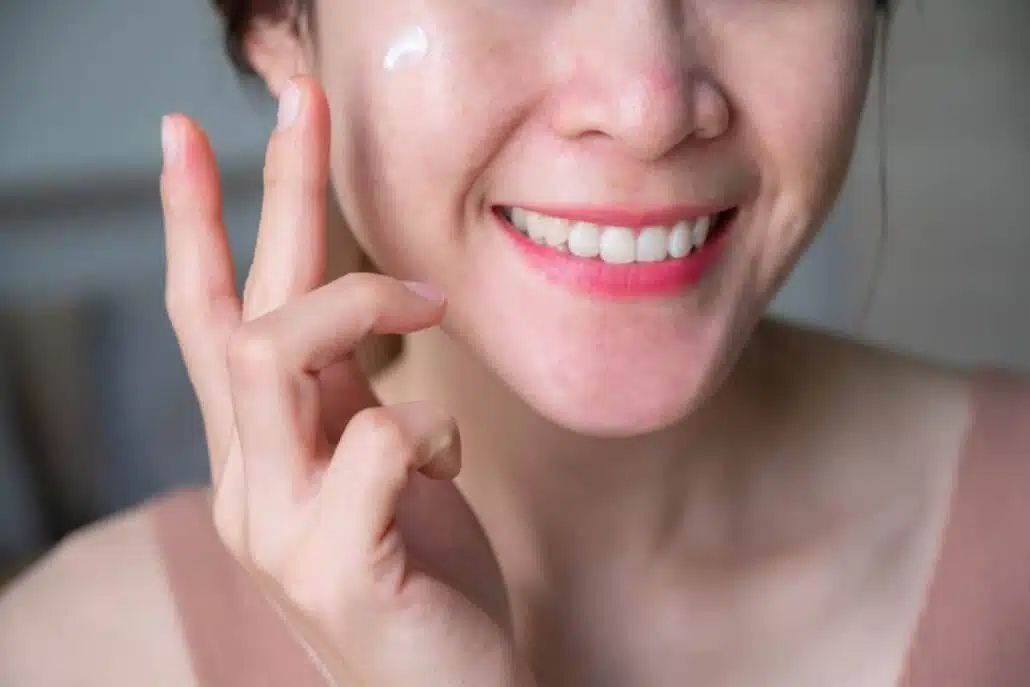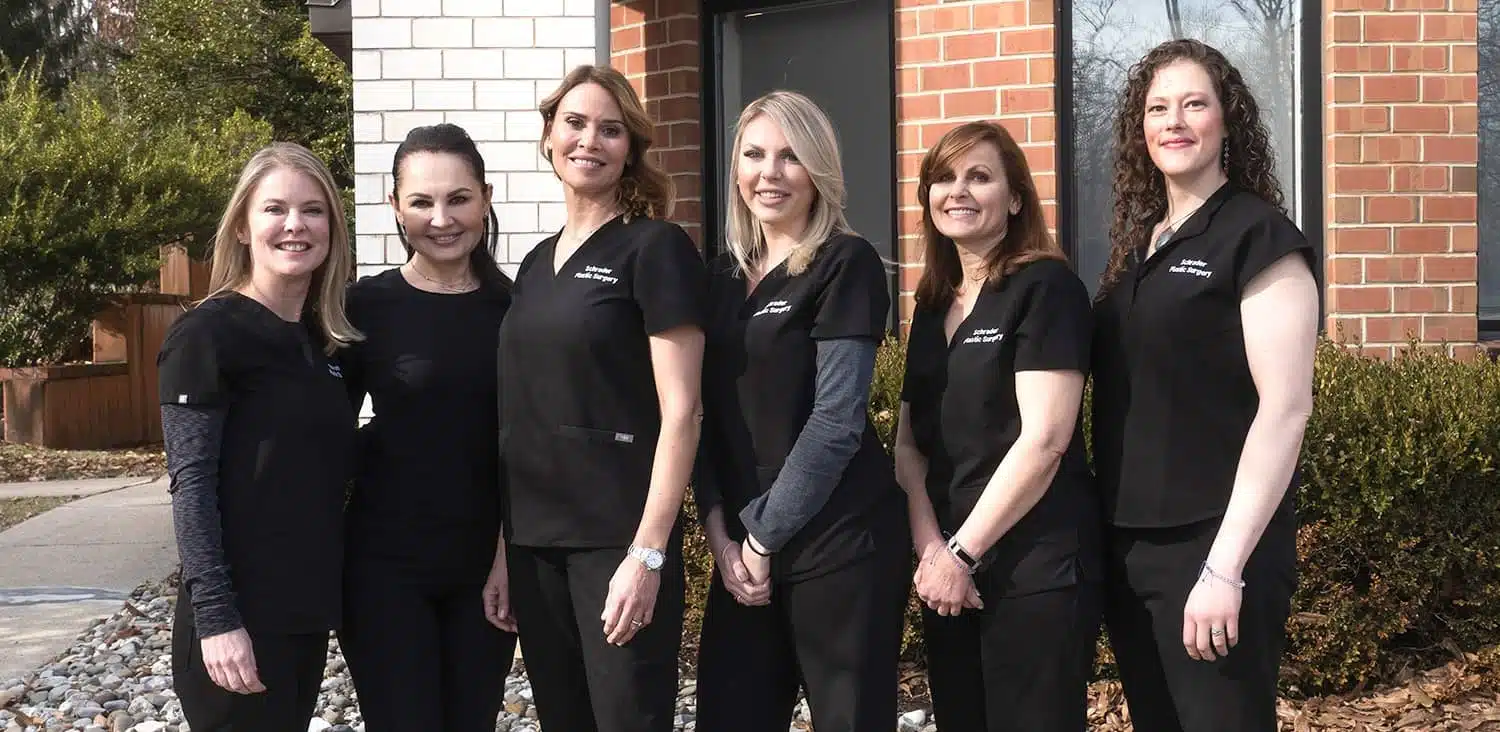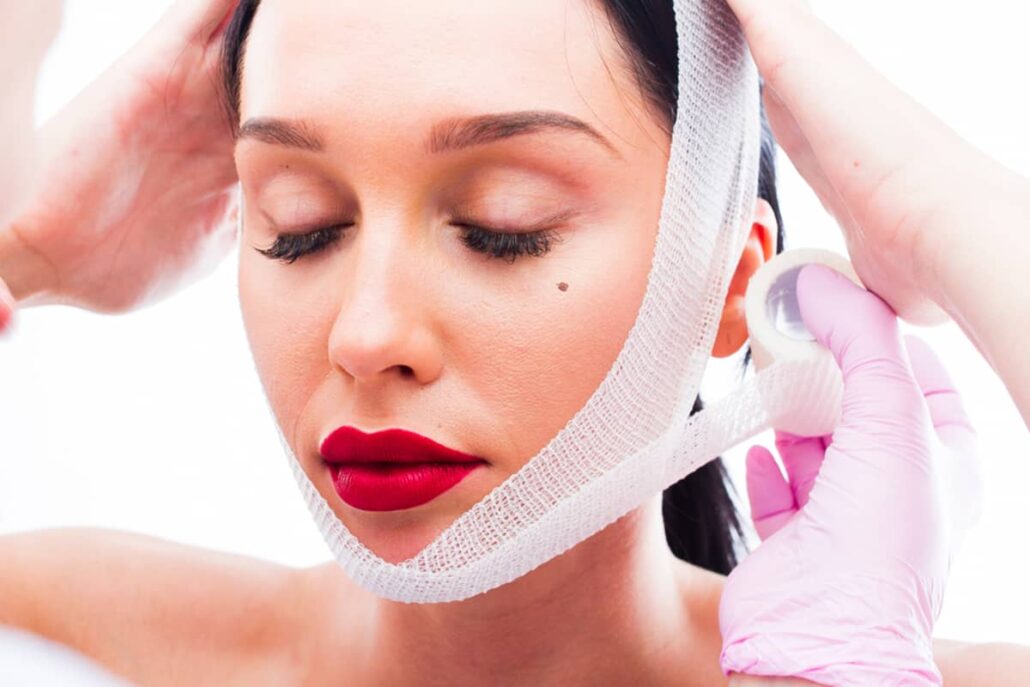A facelift, also known as a rhytidectomy, is a type of cosmetic surgery used to reduce the effects of aging in both men and women. The technique corrects drooping skin, wrinkles, and extra fat, giving you a more youthful appearance.
Scarring after a facelift is a common complaint from patients. The good news is that with the right kind of surgery and aftercare, these scars can fade and eventually disappear behind your hairline. This article will discuss the causes of facelift scars and methods for hiding them.

Understanding Facelift Scars
Scars from a facelift are caused by the cuts that were made during the surgery. The two main types of facelifts are the standard one and the limited one. No matter what kind, skilled surgeons can get results that look normal and hide scars as little as possible. For a facelift to work and for scars to be hidden, the cut must be placed correctly.
Some techniques to help eliminate scarring include hiding incisions inside the tragus cartilage of the ear canal and behind the ear. In addition to incision placement, factors such as the patient’s skin type, age, and healing ability can also contribute to the appearance of scars.
How to Minimize Scarring After a Facelift

Choose the Right Surgeon for Your Facelift Procedure
Choose a board-certified facial plastic surgeon to minimize facelift scars. These surgeons have the abilities and ability to do precise surgery with little scars and unobtrusive incisions. In addition to board certification and experience, it’s essential to choose a surgeon who employs specialized techniques to minimize scarrings, such as hiding facelift incisions within the hairline or ear canal.
It is important to research and consult with multiple plastic surgeons before making a decision. During your consultation, ask the surgeon about their approach to incision placement and how they work to minimize visible scarring.
Preparing for Surgery to Minimize Scarring
Minimizing scarring after a facelift is another goal of thorough preoperative planning. You may be asked to refrain from smoking, avoid certain drugs, and improve your general health as part of the pre-operative instructions given by your surgeon. If you follow these steps, your body will be able to heal more quickly and with less visible scars.
Make sure to ask your surgeon any questions or concerns you may have regarding facelift scars when you have your consultation. During this time, they will be able to tell you what to anticipate and how to best tend to your wounds.
Proper Wound Care to Minimize Scarring
Proper treatment of surgical incisions after surgery is essential for a speedy recovery with little scarring. In order to promote healthy recovery and lessen the likelihood of infection, your surgeon will give you detailed post-operative recommendations. Following are a few basic guidelines for wound care:
- Keep the incision area clean and dry, using a gentle cleanser as directed by your surgeon.
- Avoid picking at or scratching the incisions, as this can cause additional damage and prolong the healing process.
- Follow your surgeon’s recommendations for applying topical ointments or creams to promote healing and reduce inflammation.
- Monitor the incision sites for any signs of infection, such as increased redness, swelling, or discharge. Notify your surgeon immediately if you notice any concerning symptoms.


Trust your face to a specialist
My Goal is to create Harmony, Balance & true Beauty
Avoiding Sun Exposure to Prevent Scarring
Sun exposure can have a detrimental effect on the healing process and the appearance of your facelift scars. Ultraviolet (UV) rays can cause the scars to become darker and more noticeable, as well as delay the healing process. To minimize sun exposure and protect your scars, follow these tips:
- Wear a wide-brimmed hat and sunglasses when outdoors to shield your face from the sun.
- Apply broad-spectrum sunscreen with an SPF of 30 or higher to your face, including the scar areas, even on cloudy days. Reapply every two hours or as directed by the product instructions.
- Limit your time outdoors during peak sun hours (usually between 10 am and 4 pm), when UV rays are the strongest.
- Be cautious near reflective surfaces, such as water and sand, as they can intensify the sun’s rays and increase the risk of sunburn.
Getting Scar Revision Treatment
Scars, no matter how careful you are and how closely you adhere to your surgeon’s orders, may occasionally be more noticeable than you would want.

Scar revision surgery is an option to explore if you are self-conscious about the way your scars look. This may encompass:
- Topical treatments, such as silicone gel sheets or scar creams, can help to flatten and fade scars over time.
- Steroid injections, can reduce inflammation and help to flatten raised scars.
- Laser treatments can improve the texture and color of scars, making them less noticeable.
- Surgical scar revision involves removing the existing scar and re-closing the incision using advanced techniques to minimize the visibility of the new scar.
It is essential to consult with your surgeon before pursuing any scar revision treatments, as they can assess your individual situation and recommend the most appropriate course of action.
How Long Until Facelift Scars Disappear?
The healing process and the time it takes for facelift scars to fade can vary from person to person, depending on factors such as age, skin type, and overall health. Generally, facelift scars will go through several stages of healing:
- Inflammatory phase (1-2 weeks): The body starts to repair the wounds at this stage, which is characterized by redness and swelling at the incision sites.
- Proliferative phase (3-6 weeks): New collagen is formed, and the scar will start to become raised and firm.
- Remodeling phase (6 months to 2 years): Over time, the scar will gradually soften, flatten, and fade in color.
Although the look of facelift scars will get better with time, they might never totally go. Still, you can help to reduce the visibility of your incisions by properly tending to them.
When to Seek Professional Help for Scar Management
If you are concerned about the appearance of your facelift scars or if they are not healing as expected, it is important to seek professional help from your surgeon or a qualified scar management specialist. Some signs that it may be time to consult a professional include:
- Scars that are raised, thick, or growing larger over time (hypertrophic or keloid scars)
- Scars that are painful, itchy, or causing discomfort
- Scars that are not fading or improving in appearance after several months
- Scars that are affecting your self-confidence or causing emotional distress
Your facelift surgeon or scar management specialist can assess your individual situation and recommend appropriate treatments or interventions to help improve the appearance and healing of your facial scars. Remember, it is always better to address any concerns early on to ensure the best possible outcome for your facelift surgery results. To learn more about the minimization of facelift scars or cosmetic procedures with minimal scarring, contact Dr. Schrader’s office at 609-279-0009 and schedule a consultation.
